Laser Hair Removal Treatments: Say Goodbye to Unwanted Hair, The Ultimate Guide
Laser hair removal is a popular cosmetic procedure that uses laser technology to permanently reduce or remove unwanted hair from various areas of the body. It offers a long-term solution to hair removal, ending the need for regular shaving, waxing, or plucking. Let’s explore the different body parts where laser hair removal treatment is commonly performed.
- Face:
Laser hair removal can effectively target and remove unwanted hair on the face, including the upper lip, chin, sideburns, and jawline. It is a popular choice for both men and women looking to achieve smooth and hair-free facial skin.
- Underarms:
The underarm area is another commonly treated region for laser hair removal. It provides a long-lasting solution for eliminating the need to shave or wax this sensitive area. Laser treatment effectively targets the hair follicles in the underarms, resulting in smoother and hair-free skin.
- Bikini area:
Laser hair removal is a popular choice for the bikini area, providing a more permanent solution compared to shaving or waxing. Whether it’s a basic bikini line, extended bikini, or Brazilian, laser treatment can effectively remove unwanted hair, giving you the confidence to wear your favourite swimwear without worrying about hair growth.
- Legs:
For those looking for smooth and hair-free legs, laser hair removal is an excellent option. It can target and treat unwanted hair on the legs, including the thighs, calves, and ankles. Laser treatment for the legs offers a more permanent solution compared to traditional hair removal methods.
- Back and Chest:
Laser hair removal is also commonly performed on the back and chest areas, Particularly For Men. It is an effective and convenient method to remove excessive or unwanted hair and achieve a smoother, more groomed appearance.
- Arms:
Laser hair removal can target and remove unwanted hair on the arms, including the upper arms, forearms, and hands. It provides a long-lasting solution, reducing the need for regular shaving or waxing.
It’s important to note that the effectiveness and success of laser hair removal treatment may vary depending on factors such as hair colour, skin type, and the individual’s response to the treatment. Multiple sessions are usually required for optimal results, as hair grows in cycles and the treatment needs to target hair in the active growth phase.
Before undergoing laser hair removal, it is recommended to consult with a qualified cosmetic professional to assess your suitability for the treatment and decide the best approach for your specific needs. They will be able to provide personalized advice and guide you through the process to ensure a safe and effective treatment experience.
Several factors can affect the effectiveness of laser hair removal treatment. These factors include:
- Hair Colour and Thickness:
Laser hair removal works best on dark, coarse hair. The laser targets the pigment (melanin) in the hair follicles, so darker hair absorbs more laser energy. Consequently, individuals with lighter hair colours, such as blonde, red, or grey, may experience less effective results.
- Skin Colour and Tone:
The contrast between the colour of the hair and the colour of the skin is crucial for effective laser hair removal. The laser targets the dark pigment in the hair follicle without damaging the surrounding skin. Therefore, individuals with fair skin and dark hair tend to have the best results. People with darker skin tones may require specialized lasers. That can differentiate between the hair follicles and the skin, in order to minimize the risk of skin damage.
- Hair Growth Cycle:
Laser hair removal is most effective when hair follicles are in the active growth phase (anagen phase). However, not all hair follicles are active at the same time. This means that multiple treatment sessions are needed to target all the hair follicles in their active growth phase. Generally, a series of 6-8 treatments spaced several weeks apart is recommended to achieve optimal results.
- Hormonal Factors:
Hormonal changes in the body, such as those that occur during pregnancy or menopause, can affect hair growth patterns. These hormonal changes can make hair follicles more resistant to laser treatment and may require more sessions or maintenance treatments.
- Medications and Medical Conditions:
Certain medications and medical conditions can affect hair growth and the effectiveness of laser hair removal. For example, medications that increase photosensitivity or stimulate hair growth, such as some antibiotics, anticonvulsants, and hormone therapies, may interfere with the treatment. Additionally, medical conditions such as polycystic ovary syndrome (PCOS) can cause excessive hair growth and may require other or more frequent treatments.
- Sun Exposure:
Excessive sun exposure before or after laser hair removal can increase the risk of complications and decrease the effectiveness of the treatment. It is important to avoid sun exposure, tanning beds, and self-tanning products for 30 days before and after the treatment. Sunscreen should be used regularly to protect the treated areas from UV rays. As not everyone is aware of the link between sun exposure and laser hair removal, we will look into this in more detail.
Sun-exposed skin is more sensitive during laser hair removal treatments for the following reasons:
- Increased Blood Flow: Sun exposure causes increased blood flow to the skin as a natural response to protect the body from UV radiation. This increased blood flow can make the skin more sensitive and susceptible to discomfort or pain during laser hair removal.
- Skin Damage: Sun exposure can cause damage to the skin, such as sunburn or inflammation. Damaged skin is more sensitive and can be more reactive to the heat generated by the laser during the hair removal procedure. This can result in increased discomfort or pain during the treatment.
- Skin Dehydration: Sun exposure can lead to dehydration of the skin. Dehydrated skin is more prone to dryness, tightness, and increased sensitivity. During laser hair removal, the heat from the laser can further exacerbate these sensations, causing more discomfort or pain.
- Increased Melanin Production: Sun exposure stimulates the production of melanin, the pigment responsible for giving color to the skin. This increased melanin production can make the skin more sensitive to heat and light energy, which are used in laser hair removal. The excess melanin in the sun-exposed skin can absorb the laser energy, leading to potential skin damage or hyperpigmentation.
At Permanent Perfection Aesthetics, we use 3rd generation Super Hair Removal Technology that can reduce that time to only a week, making scheduling your treatments much more convenient.
It is crucial to consult with a certified cosmetic professional before undergoing laser hair removal. They will assess your skin and hair type, discuss any potential factors that may affect the treatment, and create a personalized plan to ensure the best possible results.
For Advice On Laser Hair Removal Treatments please click the highlighted text to get in touch with the team.
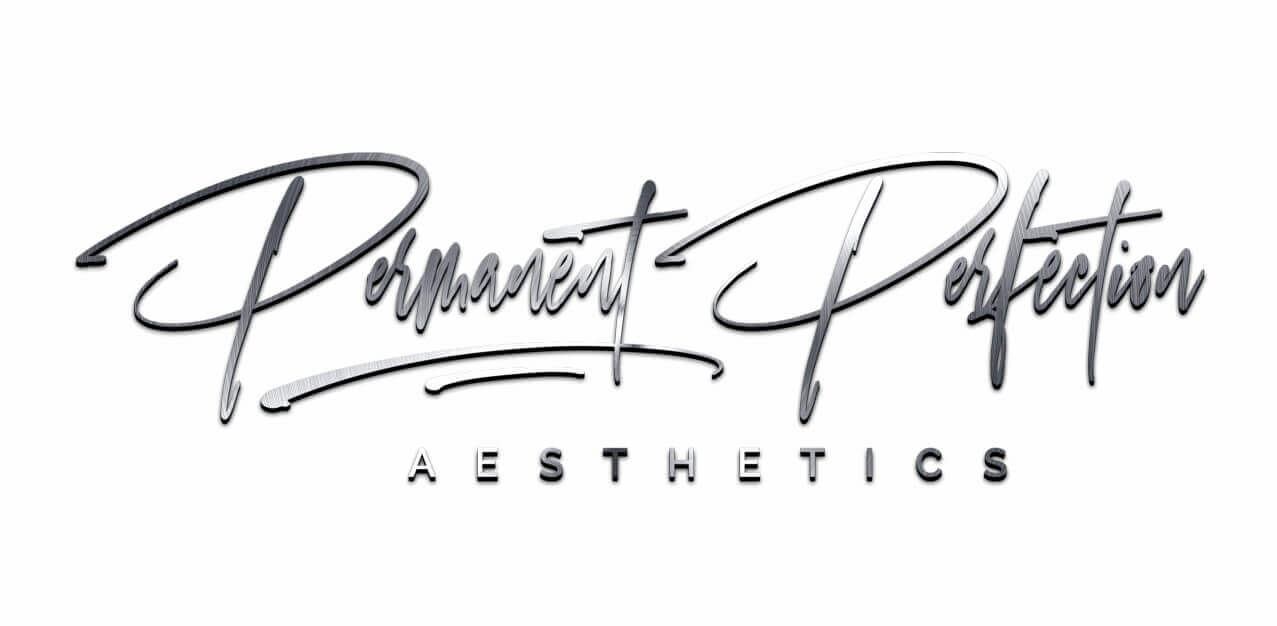
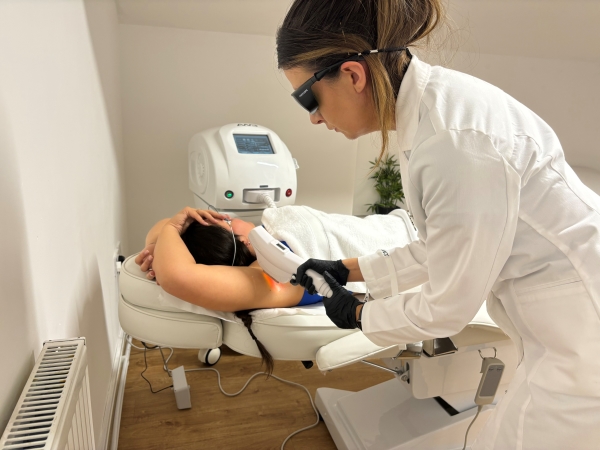
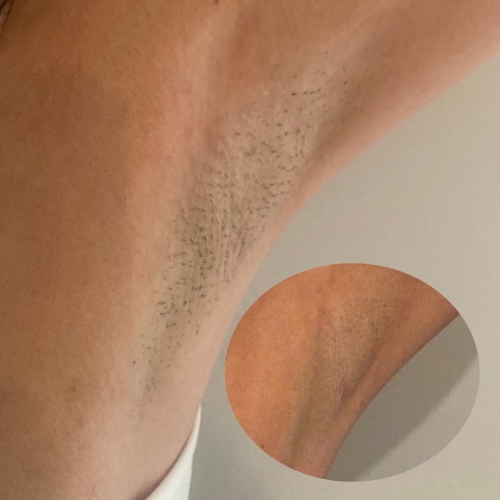
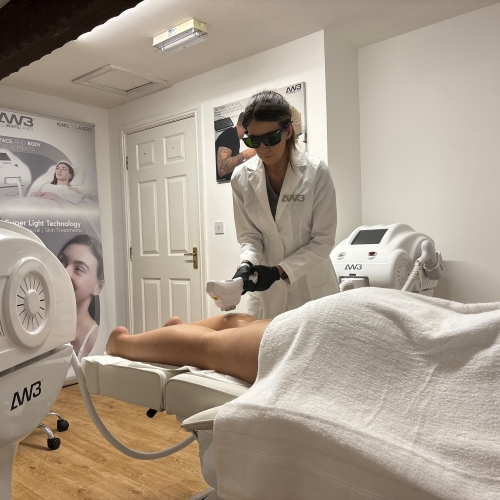
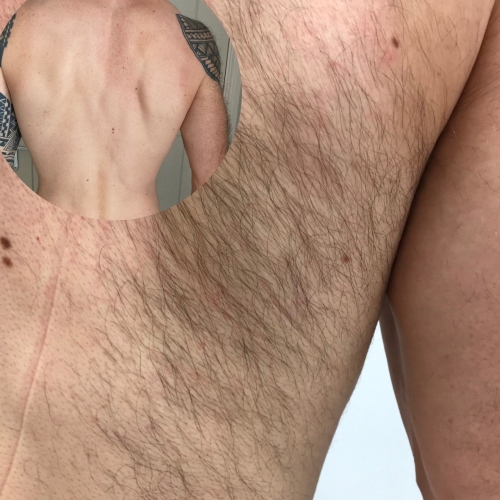
Recent Comments